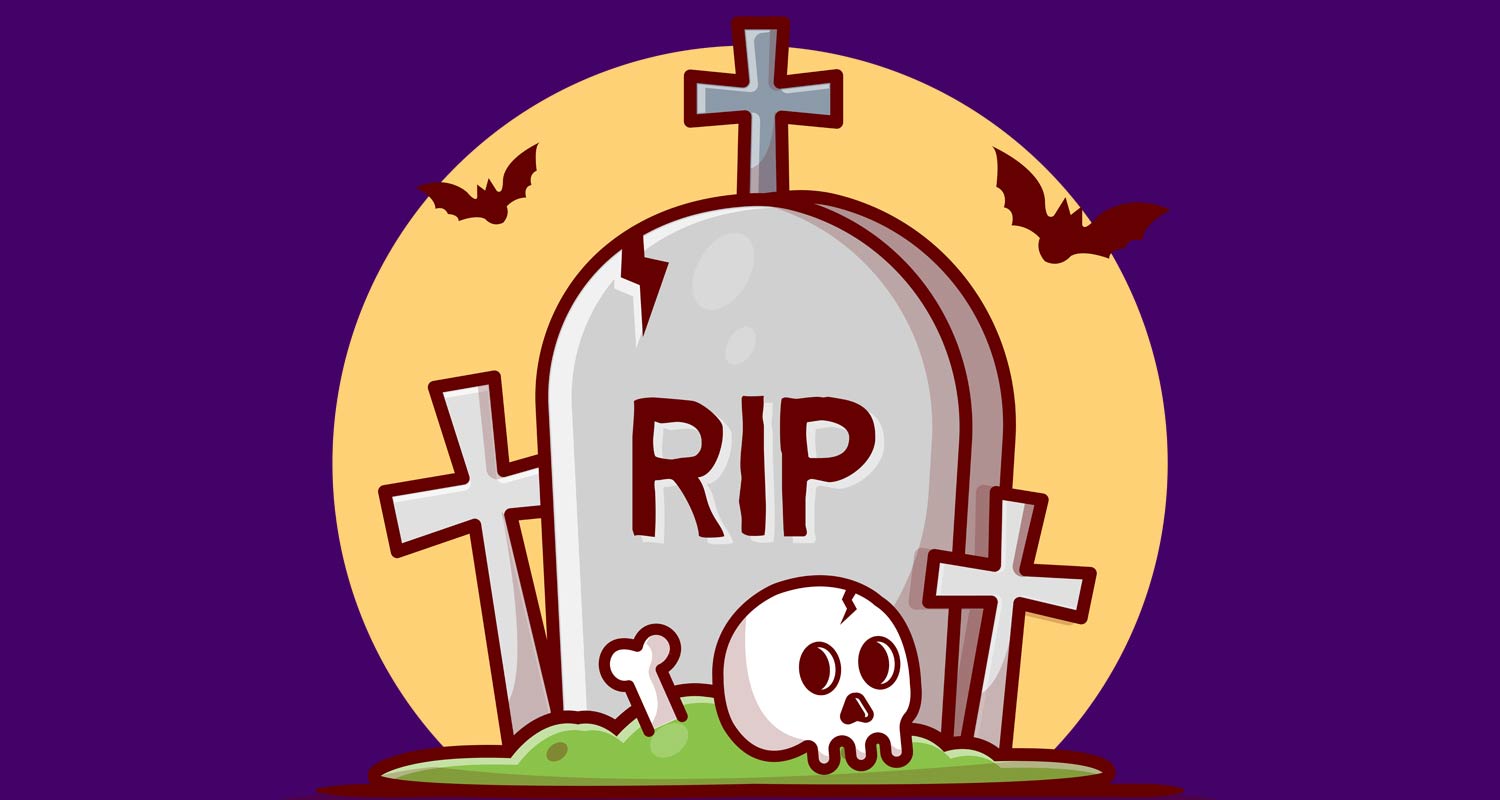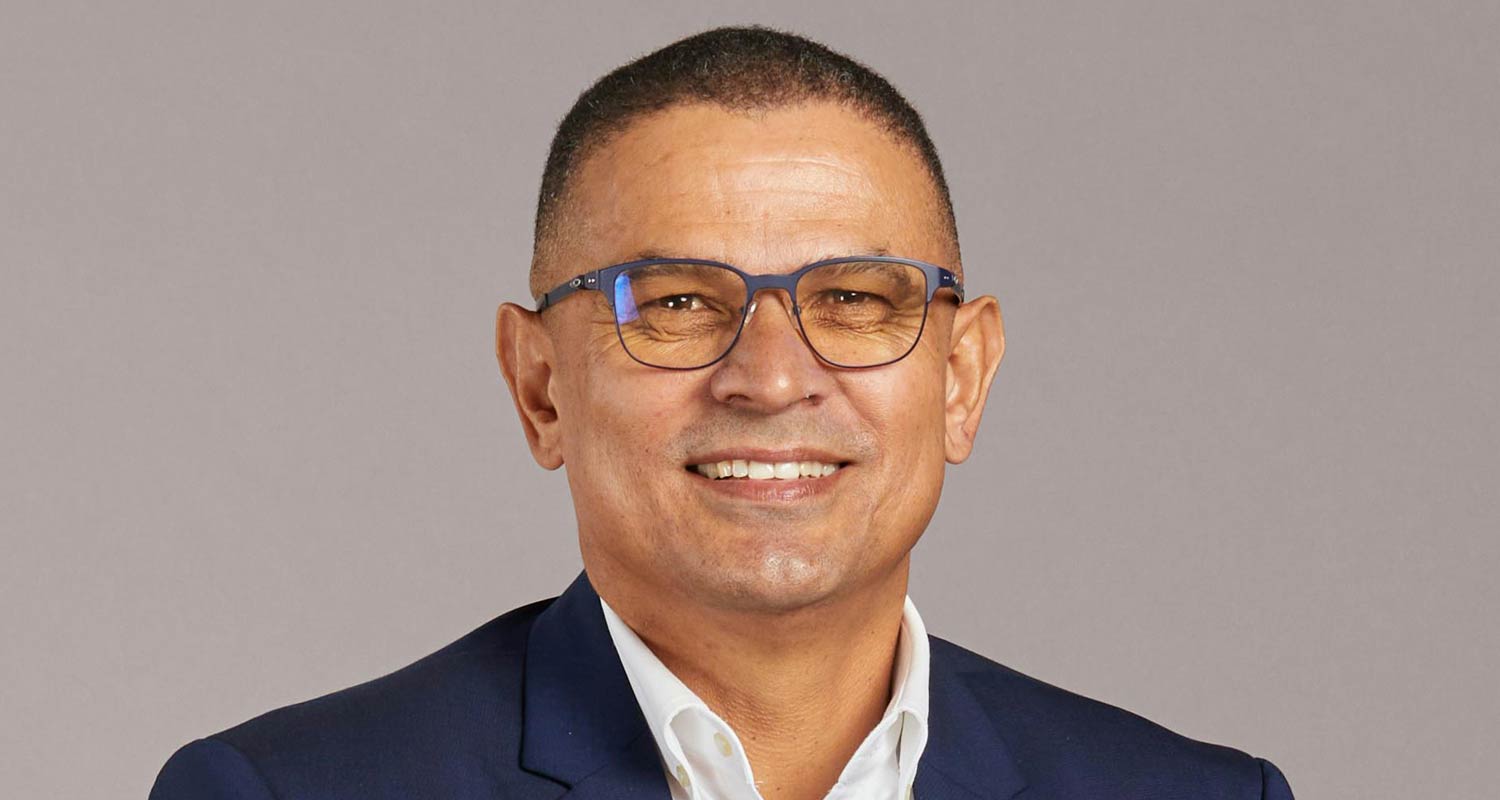 Telkom’s legacy copper digital subscriber line (DSL) network, once the cornerstone of the company’s internet offerings, will be dead and buried within two years.
Telkom’s legacy copper digital subscriber line (DSL) network, once the cornerstone of the company’s internet offerings, will be dead and buried within two years.
This is according to Althon Beukes, CEO of Openserve, a Telkom subsidiary and one of the country’s leading providers of wholesale internet infrastructure.
Beukes was speaking on TechCentral’s TCS+ business technology podcast on Wednesday for an episode that will be published soon.
“We’re in the last 24 months of the journey. At the last financial year-end (31 March 2024), we reported around 80 000 active DSL services; we now have fewer than 60 000,” said Beukes.
Copper-based DSL technology – the most common form of which in South Africa is ADSL, or asymmetric DSL – has been replaced by newer, more reliable and faster fibre networks as well as fixed-wireless solutions based on 4G/LTE and 5G technologies. Fibre links can provide more than a thousand times as much bandwidth as copper, and signals can travel more than 100 times further.
At its peak in 2017, Telkom had just over a million DSL customers on its books. But that number has been declining precipitously for years. Beukes acknowledged the company missed the opportunity to convert its million-strong DSL subscriber base to fibre, but also pointed out that many of the customers now abandoning DSL switch to fixed-wireless alternatives rather than to fibre. Indeed, many of Openserve’s home fibre customers are new to the company, not having used DSL previously.
Ease of maintenance
Most of the subscribers still using copper-based DSL are business and government clients rather than home users, said Beukes. Only 20 000 customers, or about a third of the company’s remaining DSL connections, are in the consumer segment.
Reducing the number of exchanges serving legacy copper technologies is a key cost-saving strategy for Openserve. It expects to reduce the number of exchanges providing DSL to just 40 this financial year.
The benefits of newer technologies like fibre extend beyond capacity to ease of maintenance. According to Beukes, copper lines have on average 10 times the number of faults compared to fibre, making them much more expensive to service.

The move away from copper to fibre has allowed Openserve to reduce overheads by reducing staff numbers and cutting the number of service vehicles required.
Explaining why there are still some holdouts on DSL, Beukes said: “The customers still on DSL want to be on DSL. Sometimes it goes with a little voice service, and sometimes people are just sentimental – they want to keep the same number that their children and grandchildren have been calling them on for years.” – © 2024 NewsCentral Media




